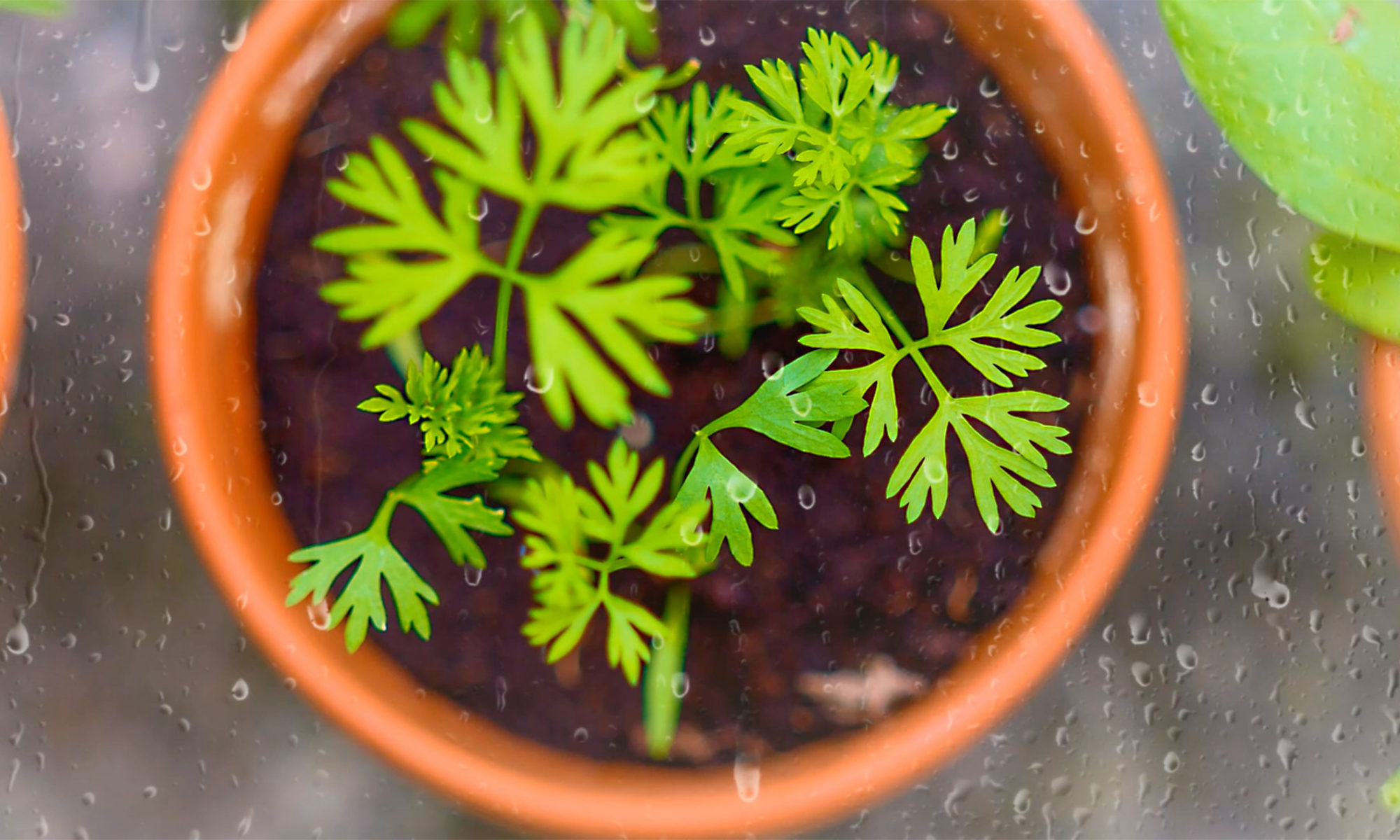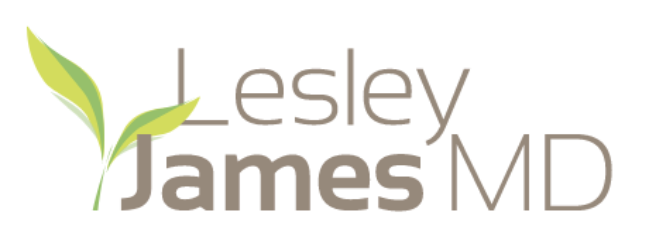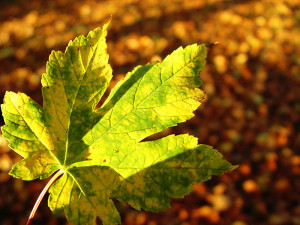– John Burroughs
I go to nature to be soothed and healed, and to have my senses put in order.
I confess I am a nature-lover/tree-hugger/environmentalist – whatever you want to call someone who loves to be in nature. Nature is healing for me, as it has been for so many others throughout time. Now there is research that validates this, and raises questions whether the lack of exposure to nature could aggravate or even cause certain conditions such as ADHD. Do we need nature for our bodies as well as our souls?
Nature Heals and Restores
In 1984, Science magazine published a landmark article by Roger Ulrich showing strong evidence that nature promotes healing. Patients hospitalized in rooms with a view of nature had shorter hospital stays and used less pain medication.
For people with chronic conditions who reside in restricted environments, simple exposure to a garden dramatically decreases anxiety, agitation, and social withdrawal. For patients who can enter into natural spaces and gardens, the amount of psychiatric drugs decreases. According to Clare Cooper Marcus, (UC Berkeley), being in nature puts the mind in a meditative state: we stop obsessing and worrying and start living in the present moment, which in turn decreases stress, improves hypertension, and increases immune function.
We are influenced by our environment in more ways than we are aware. Research from Richard Ryan at the University of Rochester shows that paying attention to nature can affect social values and actions — exposure to a natural environment leads people to value community and close relationships.
When in nature, you may experience these benefits, too:
- Exposure to Vitamin D (via sunshine) which is necessary for optimum bone, brain, and immunity health).
- Increased activity: you tend to move around more when outside and you get more benefits from outdoor exercise.
- Natural light during the day and darkness at night helps to maintain our natural circadian rhythms. Lack of natural light and dark interferes with sleep, energy, and moods.
- Vision: Our ancestors who looked often at the horizon lacked the deficits we have today so more of us need corrective lenses.
- Hearing: Our ears were once used to detect changes in the complex acoustical patterns of nature, such as forests, running water, rain, and wind. Noise pollution negatively affects our emotions, nervous system, and physiology.
Ecopsychology
Ecopsychology is a new field of study that asks, “If exposure to nature is beneficial, what happens when we withdraw from it?”
Richard Louv identified Nature Deficit Disorder in his popular book Last Child in the Woods, asserting that children are spending less time outdoors which results in a wide range of behavioral problems. Nancy Wells found that being close to nature improves a child’s attention span, and research by University of Illinois shows that children in a greener setting experience more relief from ADHD symptoms.
To improve your and your family’s exposure to nature:
- Set up study areas in rooms with a view of nature.
- Encourage outdoor play in green spaces and advocate for green school yards. Outdoor play at recess renews concentration.
- Plant or take care of trees and vegetation in your area.
By losing connection to nature we lose ability to restore ourselves.
The loss of natural space is becoming a public health issue, yet we are less aware of the disappearance of green spaces around us. To improve the “nature” of your life:
- Incorporate green spaces in the design of your home, workspace, and school.
- Prescribe “Green Time” as a self-therapy.
- Create a habit to go outside every day.
- Learn to recognize your local wildlife.
- Create access to green spaces for those around you, especially for the very young and for seniors.
- Brighten the day by placing a plant in any room that lacks a view.


 I go to nature to be soothed and healed, and to have my senses put in order.
I go to nature to be soothed and healed, and to have my senses put in order.